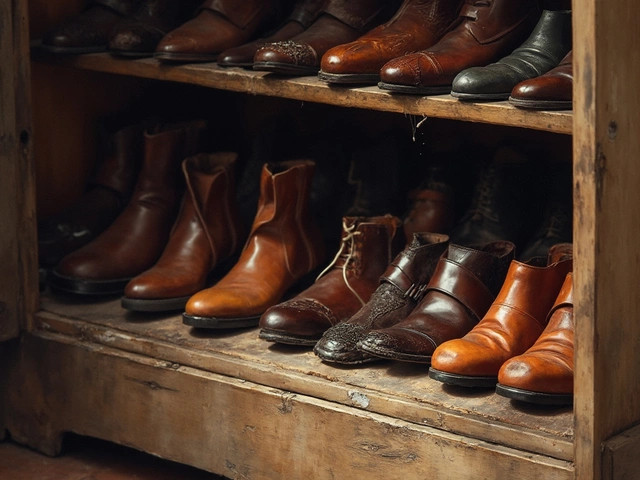Cotton Quality: How to Spot the Best Handmade Fabrics
If you love a soft tee or a breezy dress, cotton is probably the star. But not all cotton feels the same. Knowing what makes cotton high‑quality helps you pick pieces that stay comfy, look great and last longer – especially when you shop at a boutique that focuses on handmade designs.
Feel the Fabric
First thing you’ll notice is how the cloth feels against your skin. Good cotton is smooth, not stiff, and it won’t have that harsh, chemical after‑taste. Run your fingers over the surface: a finer weave feels velvety, while a rougher texture can mean the yarn is thicker or the cotton is lower grade. If you can gently stretch a small seam and it springs back without distortion, you’re likely holding a high‑grade fabric.
Check Weight and Thread Count
Weight tells you a lot about durability. Light‑weight cotton (around 120‑150 gsm) works for summer shirts, while medium weight (150‑200 gsm) is perfect for dresses and casual jackets. Heavier fabrics feel sturdier and tend to drape better on structured pieces. Thread count isn’t as critical for cotton as it is for sheets, but a tighter weave—usually 30–60 threads per inch—means less pilling and a smoother finish.
Another quick test is the water drop. Place a drop of water on the fabric; quality cotton will absorb it slowly, while synthetic blends push it away. This is because natural fibers have higher absorbency, which also makes them more breathable.
When you shop at Handmade Designs Elgin, the makers often share details about the cotton source. Look for terms like "Egyptian," "Pima," or "organic" – they usually signal longer staple fibers and better softness.
Sustainability and Origin
Eco‑conscious buyers should ask where the cotton comes from. Organic cotton avoids pesticides, and many UK designers work with local farms that grow cotton in a low‑impact way. Some labels even list the farm’s name. Supporting these producers not only gives you a greener product but also backs the community that made it.
If the tag mentions "GOTS certified" (Global Organic Textile Standard), you have an extra layer of assurance that the entire supply chain—from farming to finishing—met strict environmental criteria.
Durability Tips
Even the best cotton can wear out fast if you don’t care for it right. Wash inside‑out in cold water, skip the dryer when you can, and iron on a low setting. Hand‑woven pieces may need a gentler hand, but they’ll often develop a lovely "broken‑in" feel after a few washes.
Lastly, pay attention to stitching. Strong, even stitches (double‑stitched seams are a good sign) mean the garment can handle regular wear. Handmade items often feature hand‑sewn details that add character and strength.By using these quick checks – feel, weight, absorbency, origin and stitching – you’ll become confident at picking cotton that feels great, lasts long and aligns with your values. Next time you browse a cotton dress or tee at Handmade Designs Elgin, you’ll know exactly what to look for.

Discovering the Best Quality Cotton for T-Shirts: A Comprehensive Guide
Choosing the right cotton for t-shirts can significantly impact comfort, durability, and style. This article explores the qualities that make some types of cotton superior for t-shirt manufacturing. From the softness of Pima cotton to the robustness of Egyptian cotton, get insights into what each type brings to the table. Learn how these materials affect the feel and longevity of your t-shirts and find the perfect choice for your wardrobe.




